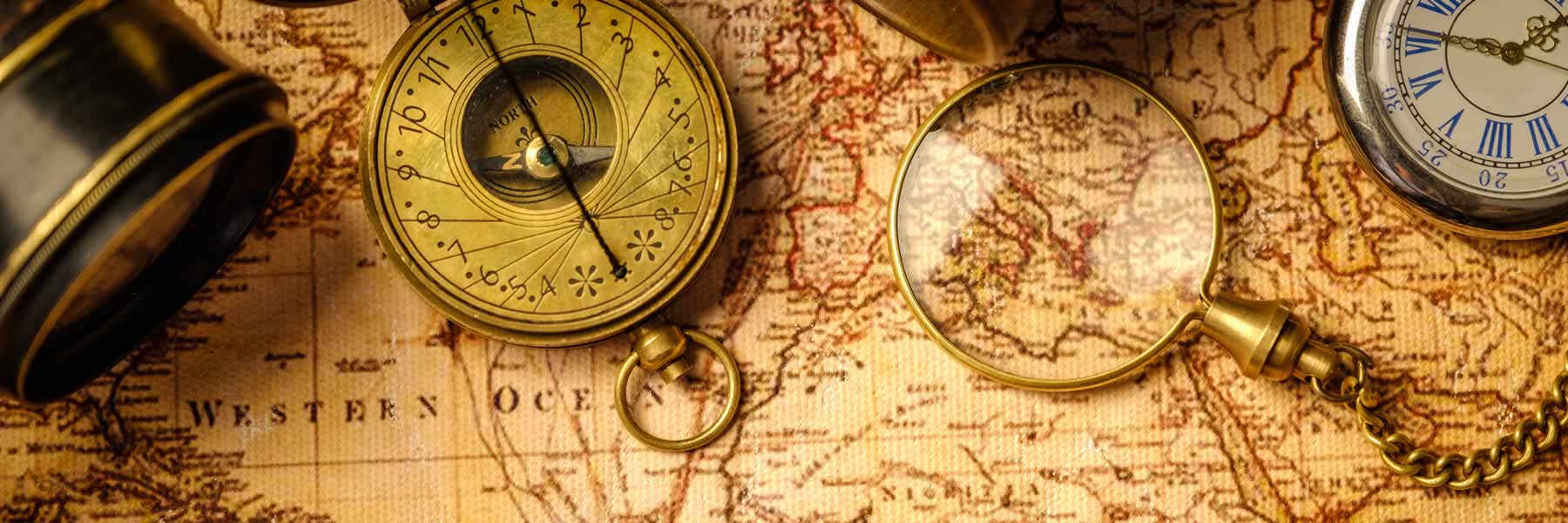Coming Soon
Stay tuned for more functionality!Seine-Saint-Denis, France
History of Seine-Saint-Denis, France
Seine-Saint-Denis is a department located in the northeastern suburbs of Paris, France. Its history can be traced back to ancient times when the area was inhabited by the Gauls, a Celtic people. During the Roman occupation, the region became a prosperous agricultural area known for its fertile soils and grape cultivation. In the Middle Ages, Seine-Saint-Denis saw the construction of several abbeys and monasteries, as well as the growth of small towns and villages.
During the French Revolution in the late 18th century, the area experienced significant political and social changes. The French monarchy was abolished, and the revolutionary government began to redefine administrative divisions throughout the country. One of these changes included the creation of the Seine-Saint-Denis department in 1790. The department was named after the Seine River, which flows through the region, and the city of Saint-Denis, famous for its basilica housing the tombs of French kings.
Throughout the 19th and early 20th centuries, Seine-Saint-Denis underwent rapid industrialization. Factories and manufacturing plants were established, attracting a large number of workers from rural areas and other regions. This led to a population boom and the development of new urban areas, characterized by a mix of residential and industrial districts.
In the late 20th century, Seine-Saint-Denis faced significant challenges. The region experienced a decline in industrial activity and economic hardships. Furthermore, it became known for its social and economic inequalities, with suburban areas struggling with high unemployment rates and social unrest. However, efforts have been made to revitalize the region, focusing on infrastructure improvements and cultural initiatives.
Today, Seine-Saint-Denis is known for its cultural diversity, vibrant arts scene, and important historical landmarks. It houses the Stade de France, built for the 1998 FIFA World Cup, and hosts various sports and cultural events. Despite its past challenges, the department continues to evolve and adapt, offering a unique blend of urban life, historical heritage, and modern developments.
Seine-Saint-Denis, France, Current Day
Seine-Saint-Denis, a department located in the northern suburbs of Paris, is known for its unique mix of cultural diversity, vibrant energy, and social challenges. The area is home to a diverse population, with residents coming from various ethnic, cultural, and socioeconomic backgrounds. This diversity has given rise to a rich tapestry of languages, customs, and traditions, making it a fascinating and cosmopolitan place to live.
However, life in Seine-Saint-Denis is not without its challenges. The department faces socio-economic disparities, with pockets of high unemployment rates and poverty. It also struggles with issues such as crime, social exclusion, and urban decay in some areas. These challenges often result from historical neglect and limited resources, coupled with the concentration of disadvantaged communities.
Despite these challenges, there is a strong sense of community and resilience in Seine-Saint-Denis. Many local initiatives and community organizations work tirelessly to address the social issues and improve the quality of life for residents. The department also benefits from its close proximity to Paris, which provides opportunities for employment, education, and cultural enrichment.
Seine-Saint-Denis also boasts a vibrant cultural scene. The contemporary art and music scenes, in particular, thrive in the department, attracting artists, creatives, and enthusiasts from all over. Festivals, exhibitions, and events are held regularly, showcasing the talents of local and international artists. The department is also home to various historical and cultural landmarks, such as the Stade de France and the Basilica of Saint-Denis, which attract tourists and contribute to the local economy.
In summary, life in Seine-Saint-Denis is characterized by a diverse and dynamic multicultural environment, rich cultural offerings, and a strong sense of community. While facing socio-economic challenges, the department is working towards social development and improving the quality of life for its residents. With the support of local initiatives, Seine-Saint-Denis continues to harness its cultural richness and unique identity, making it an intriguing and evolving place to live.
Things to do in Seine-Saint-Denis, France
1. Visit the Stade de France, the largest stadium in France and attend a concert or sports event.
2. Explore the Basilica of Saint-Denis, the burial place of French kings and queens.
3. Discover the Parc de la Villette, a sprawling cultural complex with gardens, museums, and outdoor spaces.
4. Spend a day at La Plage, a waterfront leisure area with a sandy beach along the Seine River.
5. Visit the Parc des Chanteraines, a beautiful park with walking trails, picnic areas, and a small farm.
6. Explore the Museum of Air and Space, which showcases the history of aviation and space exploration.
7. Shop at the Quatre Temps shopping center, one of the largest malls in Europe.
8. Attend a dance performance at the prestigious Maison de la Danse in Pantin.
9. Discover the street art scene in Saint-Ouen, known for its vibrant graffiti and alternative art spaces.
10. Visit the Musée d'Art et d'Histoire Paul Eluard in Saint-Denis, showcasing contemporary art and local history.

